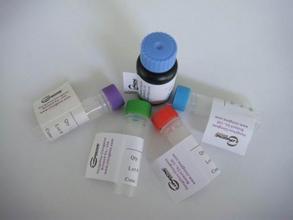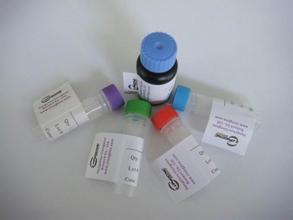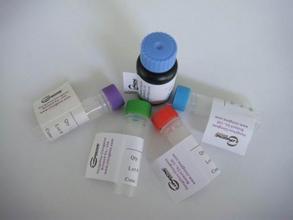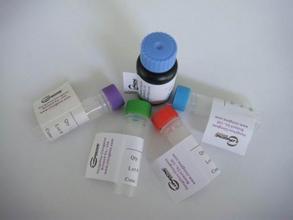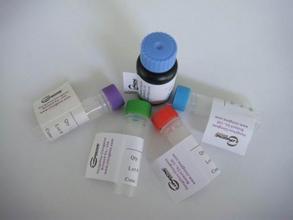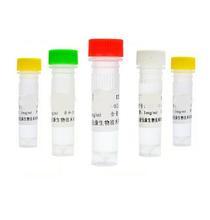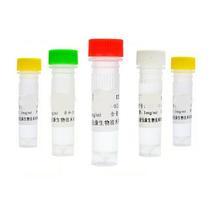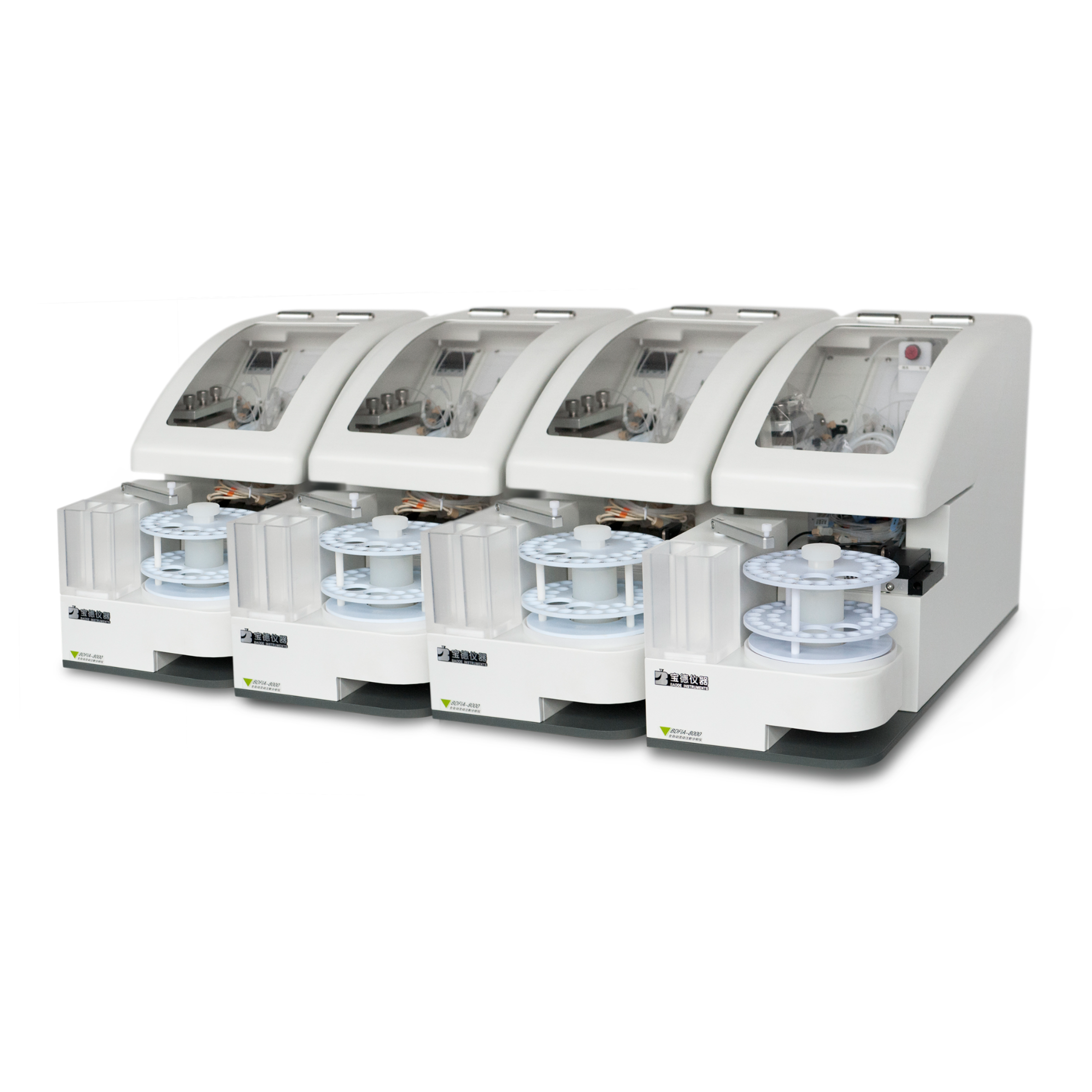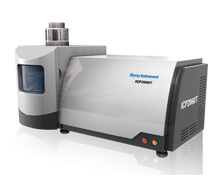乳腺癌易感基因1抗体英文名称 Anti-BRCA1
中文名称 乳腺癌易感基因1抗体
别 名 BRCA 1; BRCA1; BRCA1/BRCA2 containing complex subunit 1; BRCA1/BRCA2-containing complex, subunit 1; BRCA1_MOUSE; BRCAI; BRCC 1; BRCC1; Breast and ovarian cancer susceptibility protein 1; Breast Cancer 1; Breast Cancer 1 Early Onset; Breast cancer type 1 susceptibility protein; BROVCA1; IRIS; PNCA4; PPP1R53; Protein phosphatase 1 regulatory subunit 53; PSCP; RING finger protein 53; RING finger protein 53; RNF53; BAP1.
浓 度 1mg/1ml
乳腺癌易感基因1抗体规 格 0.1ml/100μg 0.2ml/200μg
抗体来源 Rabbit
克隆类型 polyclonal
交叉反应 Mouse, Rat
产品类型 一抗
研究领域 肿瘤 细胞生物 免疫学 染色质和核信号 表观遗传学
蛋白分子量 predicted molecular weight: 199kDa
性 状 Lyophilized or Liquid
免 疫 原 KLH conjugated synthetic peptide derived from mouse BRCA1 N-terminus
亚 型 IgG
纯化方法 affinity purified by Protein A
储 存 液 0.01M PBS, pH 7.4 with 10 mg/ml BSA and 0.1% Sodium azide
产品应用 WB=1:100-500 ELISA=1:500-1000 IP=1:20-100 IHC-P=1:100-500 IHC-F=1:100-500 IF=1:100-500
(石蜡切片需做抗原修复)
not yet tested in other applications.
optimal dilutions/concentrations should be determined by the end user.
保存条件 Store at -20 °C for one year. Avoid repeated freeze/thaw cycles. The lyophilized antibody is stable at room temperature for at least one month and for greater than a year when kept at -20°C. When reconstituted in sterile pH 7.4 0.01M PBS or diluent of antibody the antibody is stable for at least two weeks at 2-4 °C.
Important Note This product as supplied is intended for research use only, not for use in human, therapeutic or diagnostic applications.
产品介绍 This gene encodes a nuclear phosphoprotein that plays a role in maintaining genomic stability, and it also acts as a tumor suppressor. The encoded protein combines with other tumor suppressors, DNA damage sensors, and signal transducers to form a large multi-subunit protein complex known as the BRCA1-associated genome surveillance complex (BASC). This gene product associates with RNA polymerase II, and through the C-terminal domain, also interacts with histone deacetylase complexes. This protein thus plays a role in transcription, DNA repair of double-stranded breaks, and recombination. Mutations in this gene are responsible for approximately 40% of inherited breast cancers and more than 80% of inherited breast and ovarian cancers. Alternative splicing plays a role in modulating the subcellular localization and physiological function of this gene. Many alternatively spliced transcript variants, some of which are disease-associated mutations, have been described for this gene, but the full-length natures of only some of these variants has been described. A related pseudogene, which is also located on chromosome 17, has been identified. [provided by RefSeq, May 2009].
Function : E3 ubiquitin-protein ligase that specifically mediates the formation of 'Lys-6'-linked polyubiquitin chains and plays a central role in DNA repair by facilitating cellular responses to DNA damage. It is unclear whether it also mediates the formation of other types of polyubiquitin chains. The E3 ubiquitin-protein ligase activity is required for its tumor suppressor function. The BRCA1-BARD1 heterodimer coordinates a diverse range of cellular pathways such as DNA damage repair, ubiquitination and transcriptional regulation to maintain genomic stability. Regulates centrosomal microtubule nucleation. Required for normal cell cycle progression from G2 to mitosis. Required for appropriate cell cycle arrests after ionizing irradiation in both the S-phase and the G2 phase of the cell cycle. Involved in transcriptional regulation of P21 in response to DNA damage. Required for FANCD2 targeting to sites of DNA damage. May function as a transcriptional regulator. Contributes to homologous recombination repair (HRR) via its direct interaction with PALB2, fine-tunes recombinational repair partly through its modulatory role in the PALB2-dependent loading of BRCA2-RAD51 repair machinery at DNA breaks. Component of the BRCA1-RBBP8 complex which regulates CHEK1 activation and controls cell cycle G2/M checkpoints on DNA damage via BRCA1-mediated ubiquitination of RBBP8 (By similarity). Inhibits lipid synthesis by binding to inactive phosphorylated ACACA and preventing its dephosphorylation.
Subunit : Heterodimer with BARD1. Part of the BRCA1-associated genome surveillance complex (BASC), which contains BRCA1, MSH2, MSH6, MLH1, ATM, BLM, PMS2 and the MRE11-RAD50-NBN protein (MRN) complex. This association could be a dynamic process changing throughout the cell cycle and within subnuclear domains. Component of the BRCA1-A complex, at least composed of the BRCA1, BARD1, UIMC1, BRCC3, BRE and BABAM1. Interacts (via the BRCT domains) with FAM175A. Interacts (via the BRCT domains) with RBBP8 ('Ser-327' phosphorylated form); the interaction ubiquitinates RBBP8, regulates CHEK1 activation, and involves RBBP8 in BRCA1-dependent G2/M checkpoint control on DNA damage. Associates with RNA polymerase II holoenzyme. Interacts with SMC1A and COBRA1. Interacts (via BRCT domains) with BRIP1 (phosphorylated form). Interacts with FANCD2 (ubiquitinated form). Interacts with BAP1. Interacts with DCLRE1C and CLSPN. Interacts with H2AFX (phosphorylated on 'Ser-140'). Interacts with CHEK1 and CHEK2. Interacts with BRCC3. Interacts with AURKA. Interacts with UBXN1. Part of a trimeric complex containing BRCA1, BRCA2 and PALB2. Interacts directly with PALB2; the interaction is essential for its function in HRR. Interacts directly with BRCA2; the interaction occurs only in the presence of PALB2 which serves as the bridging protein. Interacts (via the BRCT domains) with LMO4; the interaction represses the transcriptional activity of BRCA1. Interacts with KIAA0101/PAF15 (By similarity). Interacts (via the BRCT domains) with ACACA (phosphorylated form); the interaction prevents dephosphorylation of ACACA.
Subcellular Location : Nucleus. Chromosome. Note=Localizes at sites of DNA damage at double-strand breaks (DSBs); recruitment to DNA damage sites is mediated by the BRCA1-A complex.
Tissue Specificity : In the embryo, expressed in otic vesicles at day 9.5. At day 10.5, this expression decreases and high levels are found in the neuroectoderm. At days 11-12.5, high levels in differentiating keratinocytes and whisker pad primordia. At days 14-17, expression also observed in kidney epithelial cells. In the adult, highest levels found in spleen, thymus, lymph nodes, epithelial organs, and alveolar and ductal epithelial cells of the mammary gland. Very low levels in brain, kidney, and skin. No expression in heart, liver or lung.
乳腺癌易感基因1抗体Post-translational modifications : Phosphorylated in response to IR, UV, and various stimuli that cause checkpoint activation, probably by ATM or ATR. Phosphorylation at Ser-971 by CHEK2 regulates mitotic spindle assembly (By similarity).
Autoubiquitinated, undergoes 'Lys-6'-linked polyubiquitination. 'Lys-6'-linked polyubiquitination does not promote degradation (By similarity).
DISEASE : Defects in BRCA1 are a cause of susceptibility to breast cancer (BC) [MIM:114480]. A common malignancy originating from breast epithelial tissue. Breast neoplasms can be distinguished by their histologic pattern. Invasive ductal carcinoma is by far the most common type. Breast cancer is etiologically and genetically heterogeneous. Important genetic factors have been indicated by familial occurrence and bilateral involvement. Mutations at more than one locus can be involved in different families or even in the same case. Note=Mutations in BRCA1 are thought to be responsible for 45% of inherited breast cancer. Moreover, BRCA1 carriers have a 4-fold increased risk of colon cancer, whereas male carriers face a 3-fold increased risk of prostate cancer. Cells lacking BRCA1 show defects in DNA repair by homologous recombination.
Similarity : Contains 2 BRCT domains.
Contains 1 RING-type zinc finger.
Database links : UniProtKB/Swiss-Prot: P48754.3
BRCA1基因是最早被发现的乳腺癌易感基因其突变和家族性乳腺癌、卵巢癌的发病有关。
更多![]()
企业名称
上海抚生实业有限公司
企业信息已认证
企业类型
信用代码
310112001171431
成立日期
2012-05-02
注册资本
50
经营范围
上海邦景实业有限公司
公司地址
上海 松江区莘松路
客服电话



